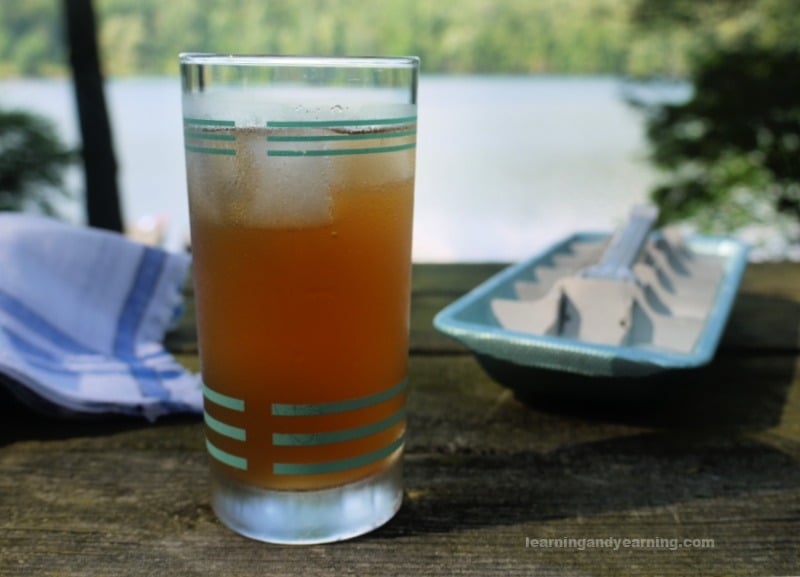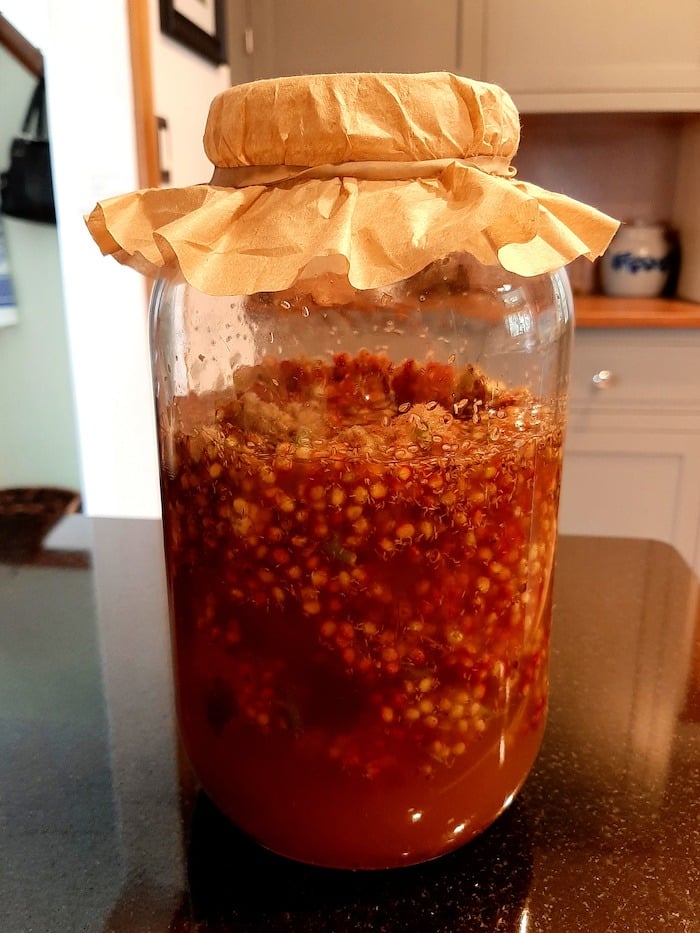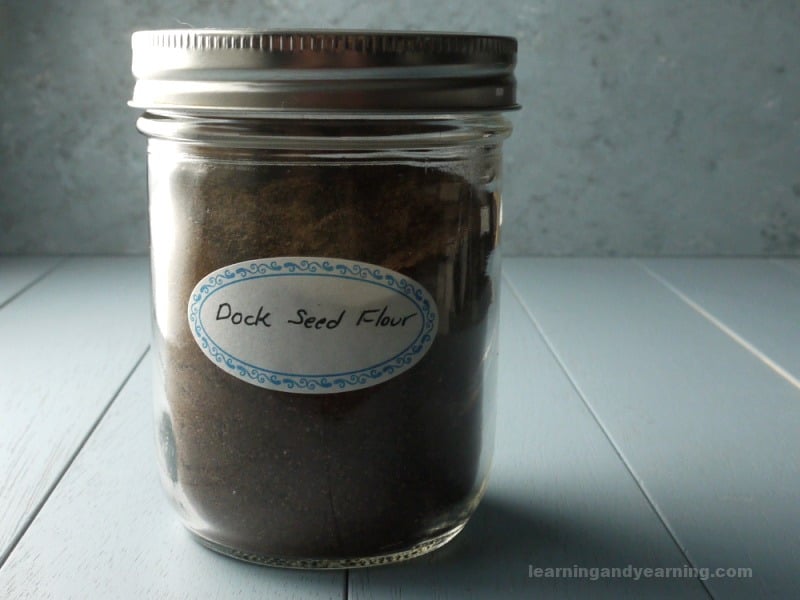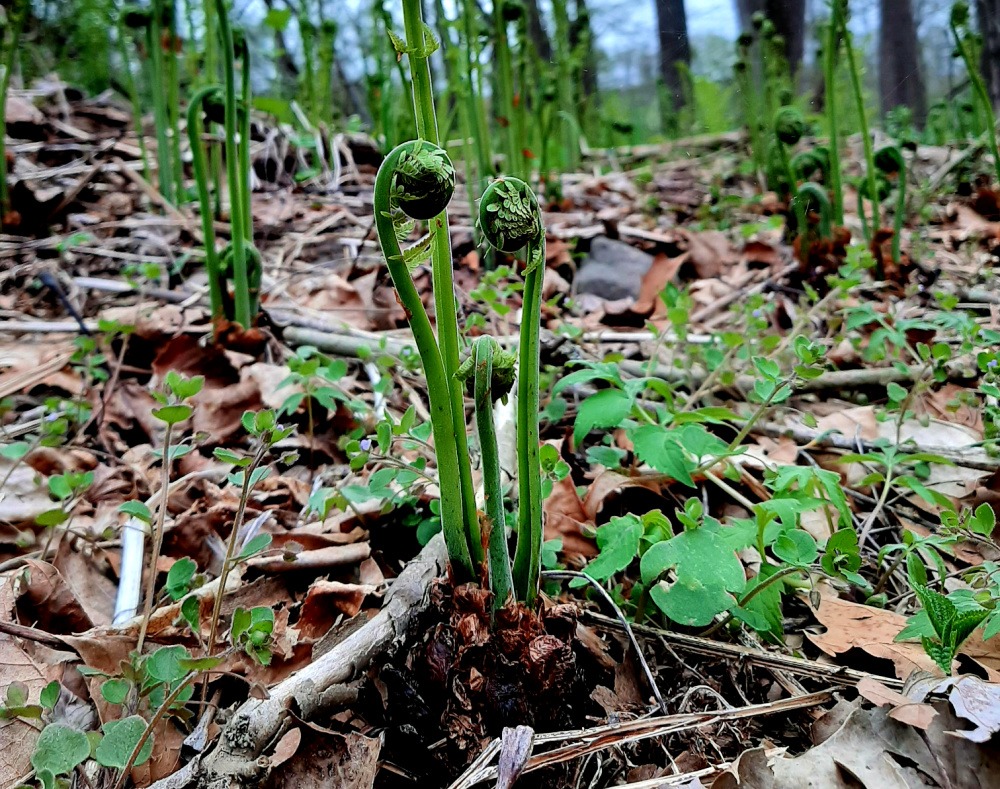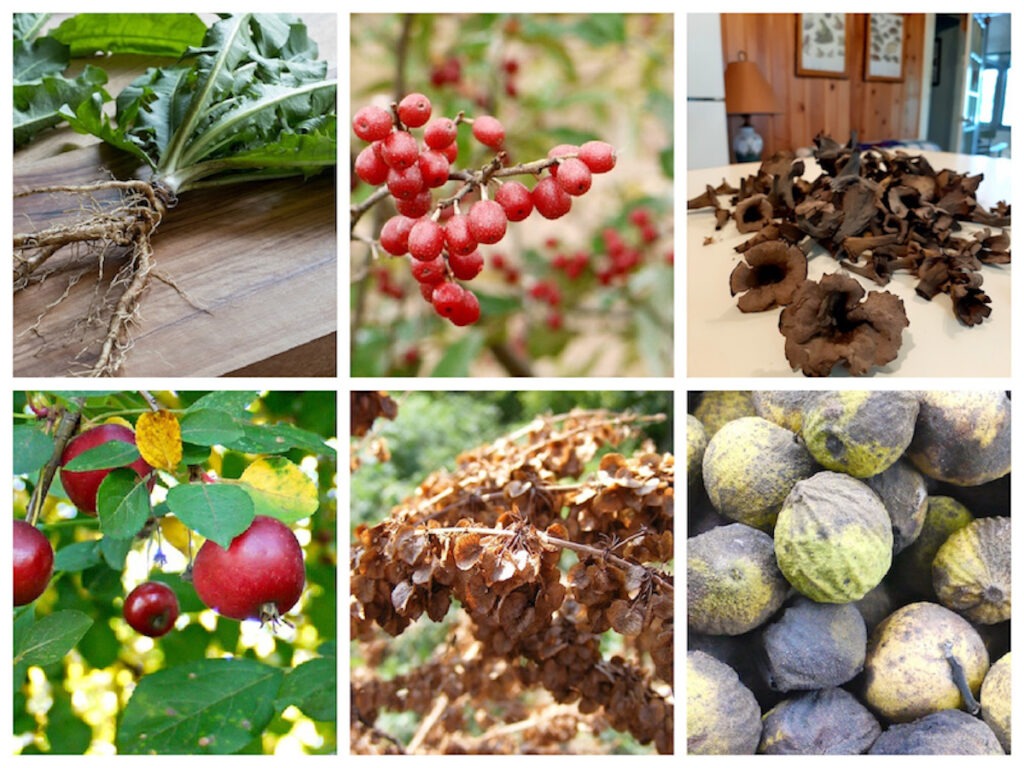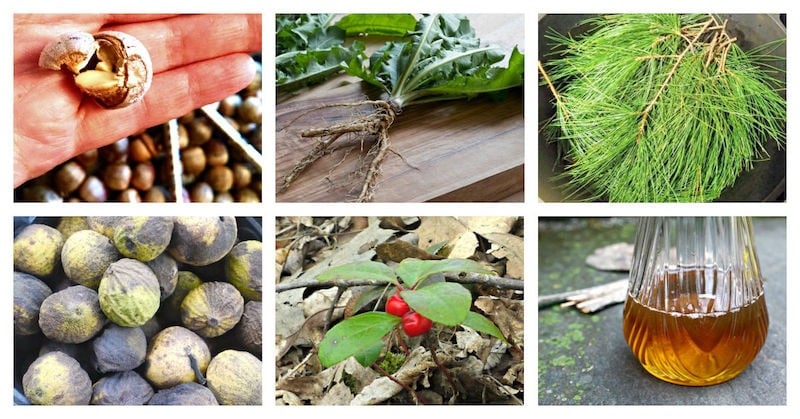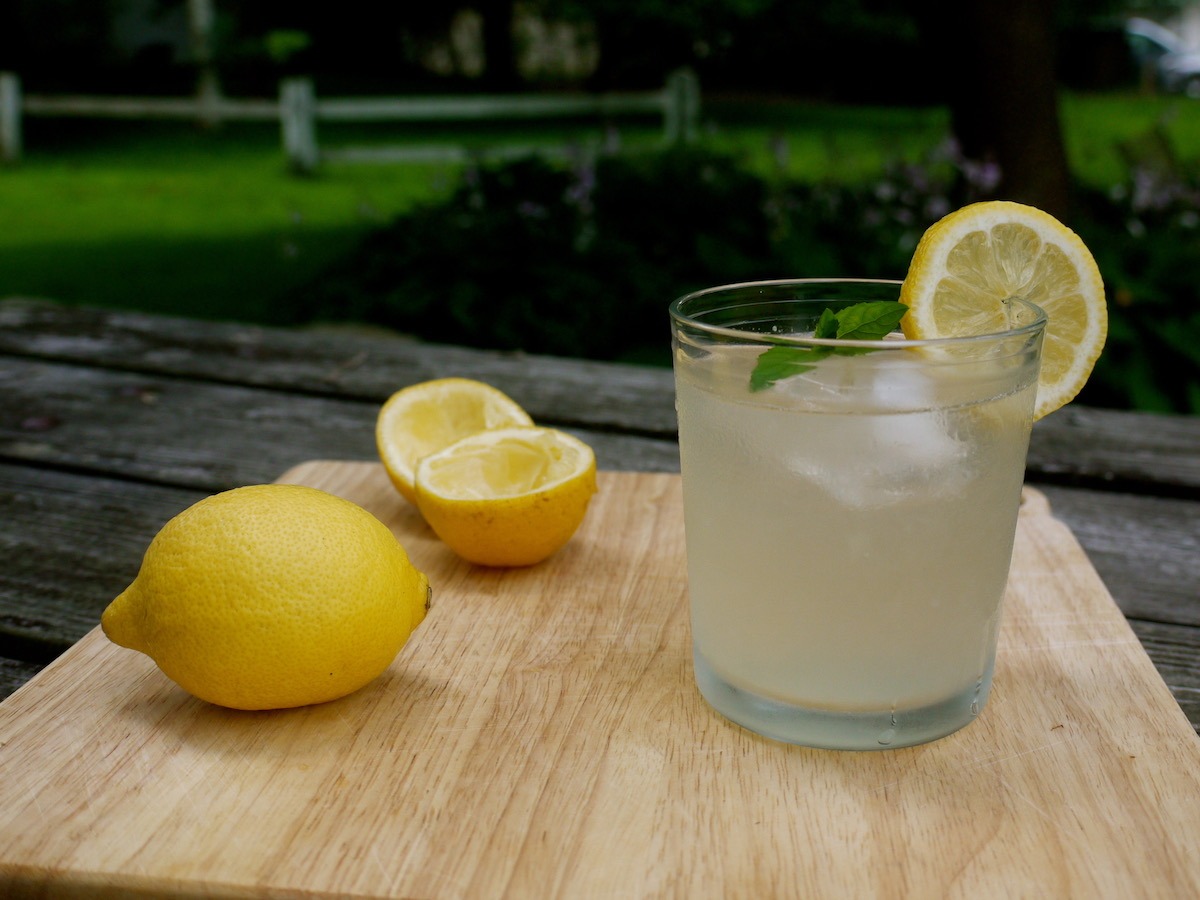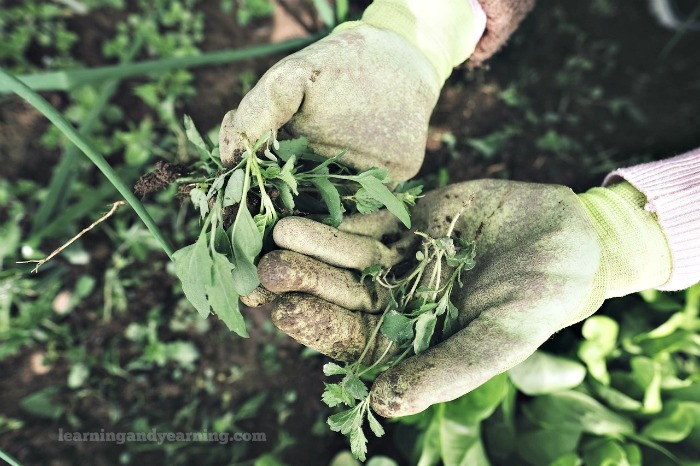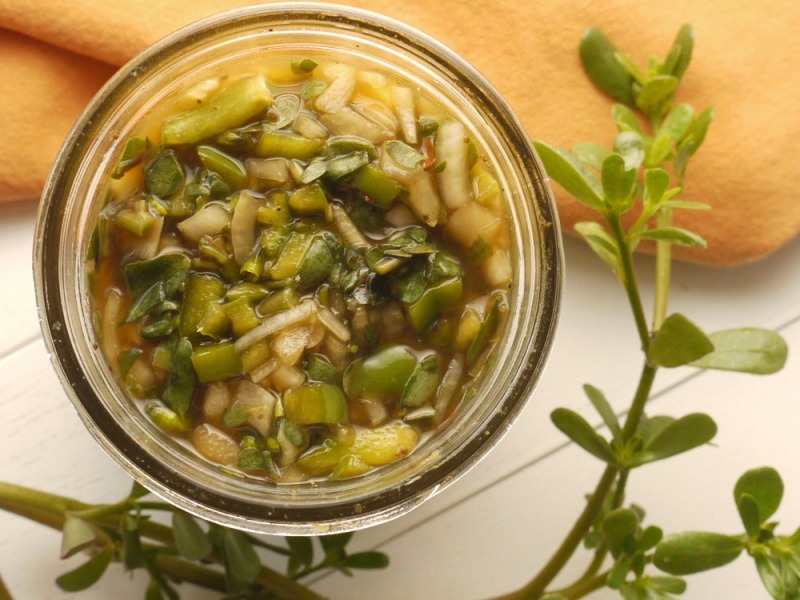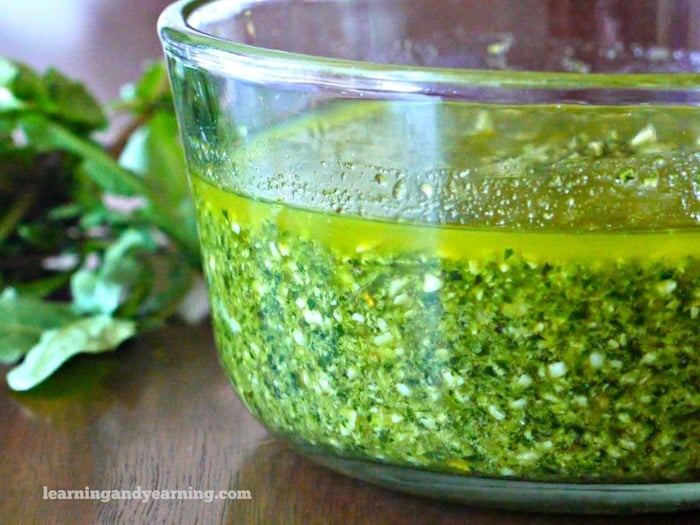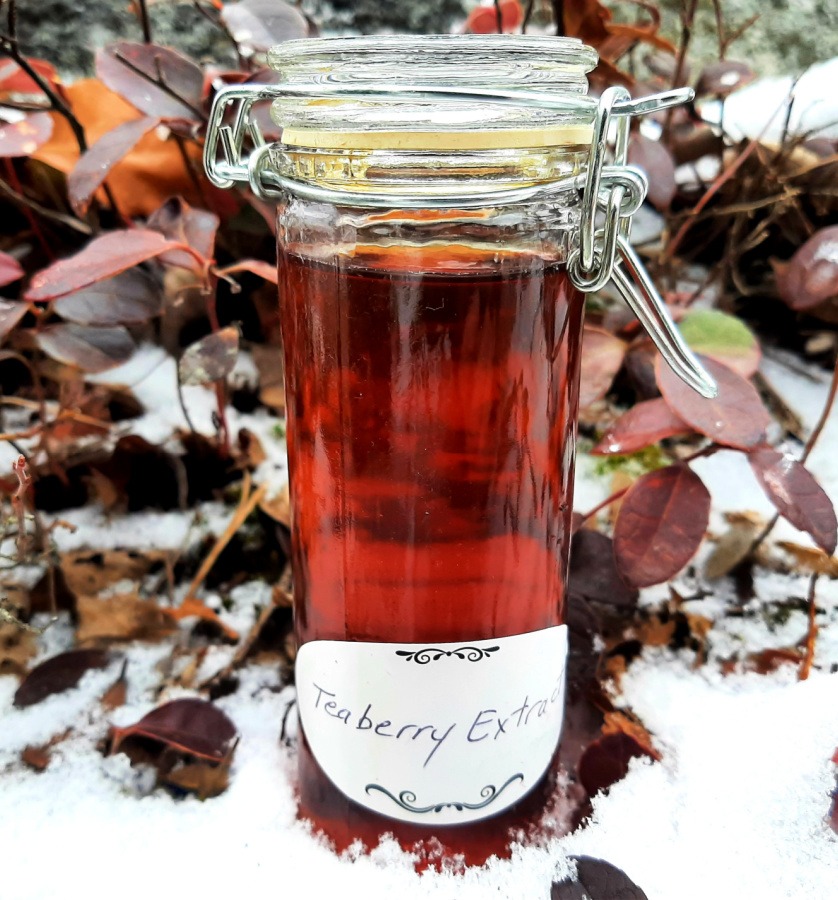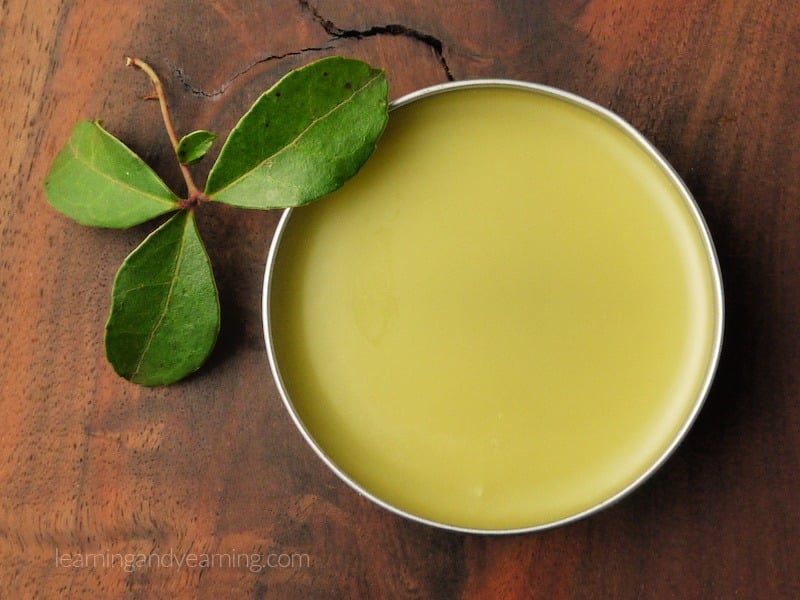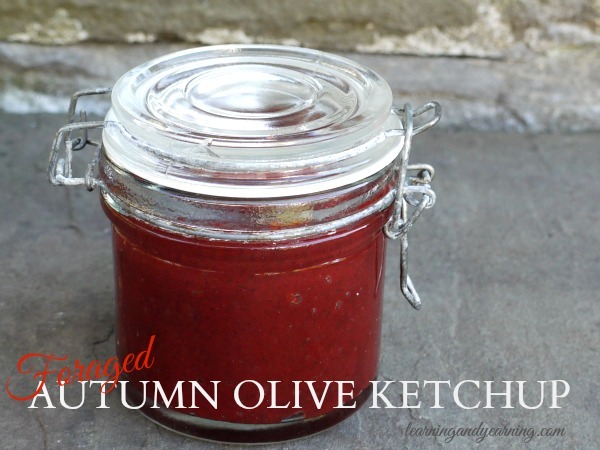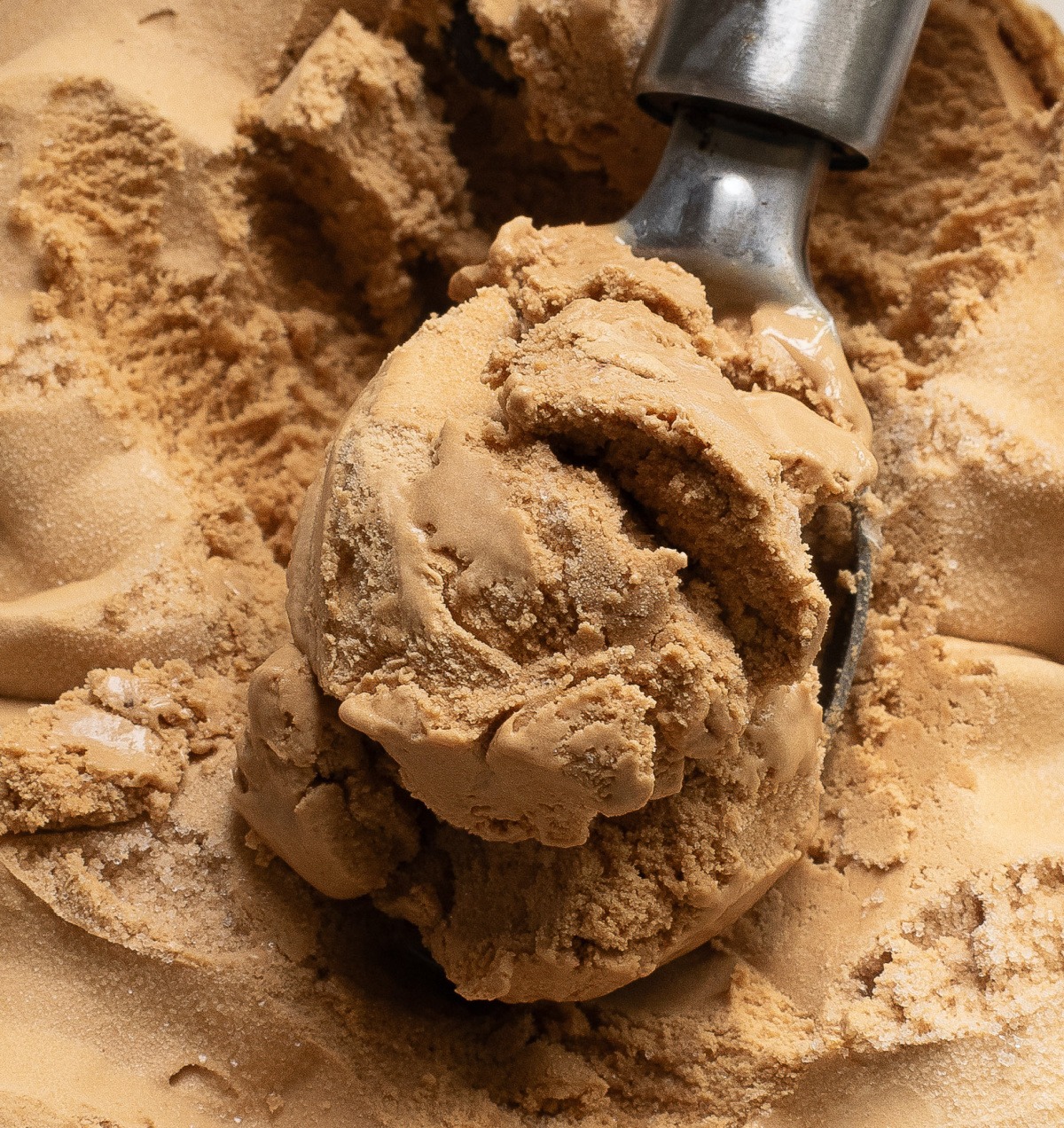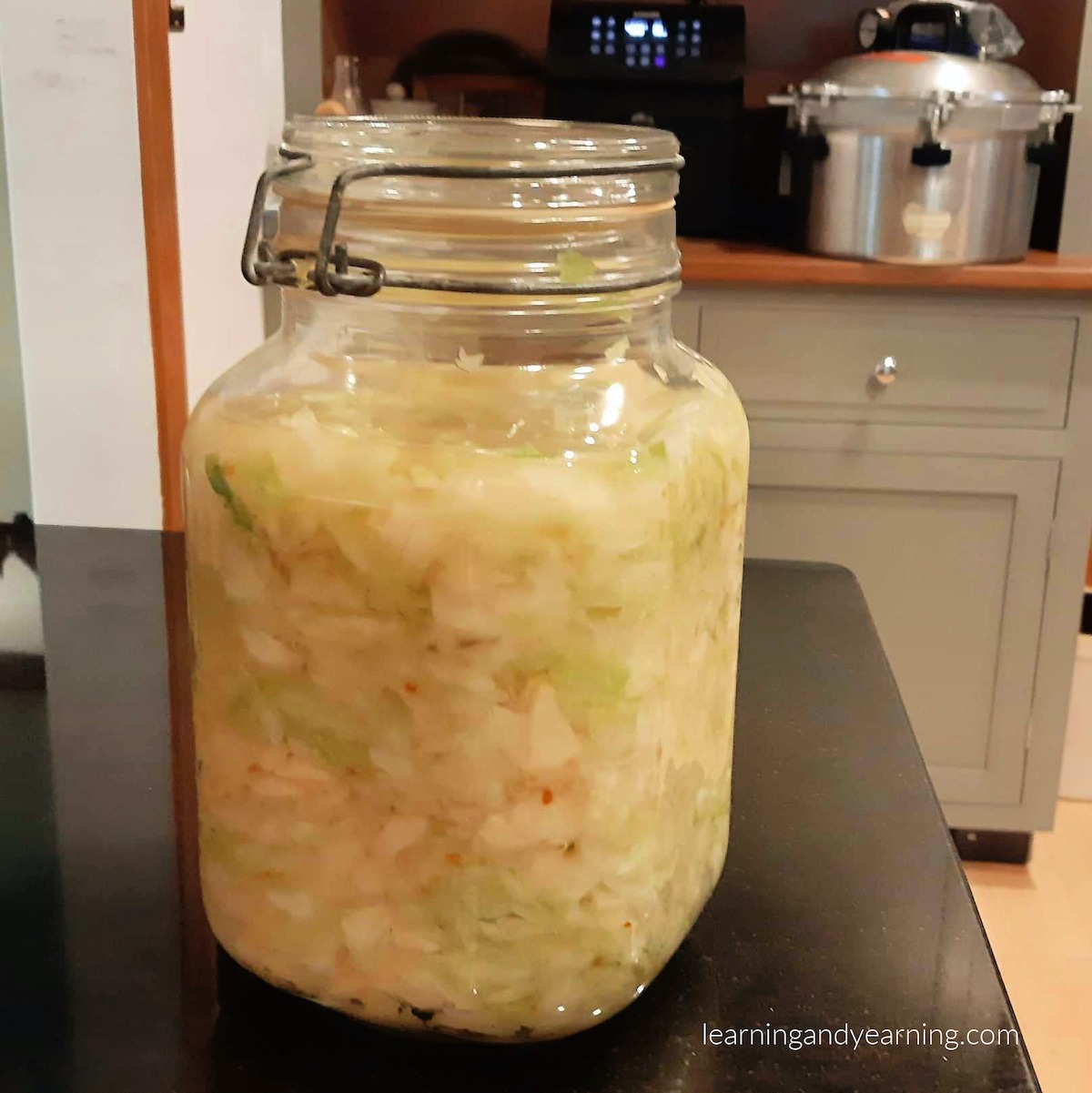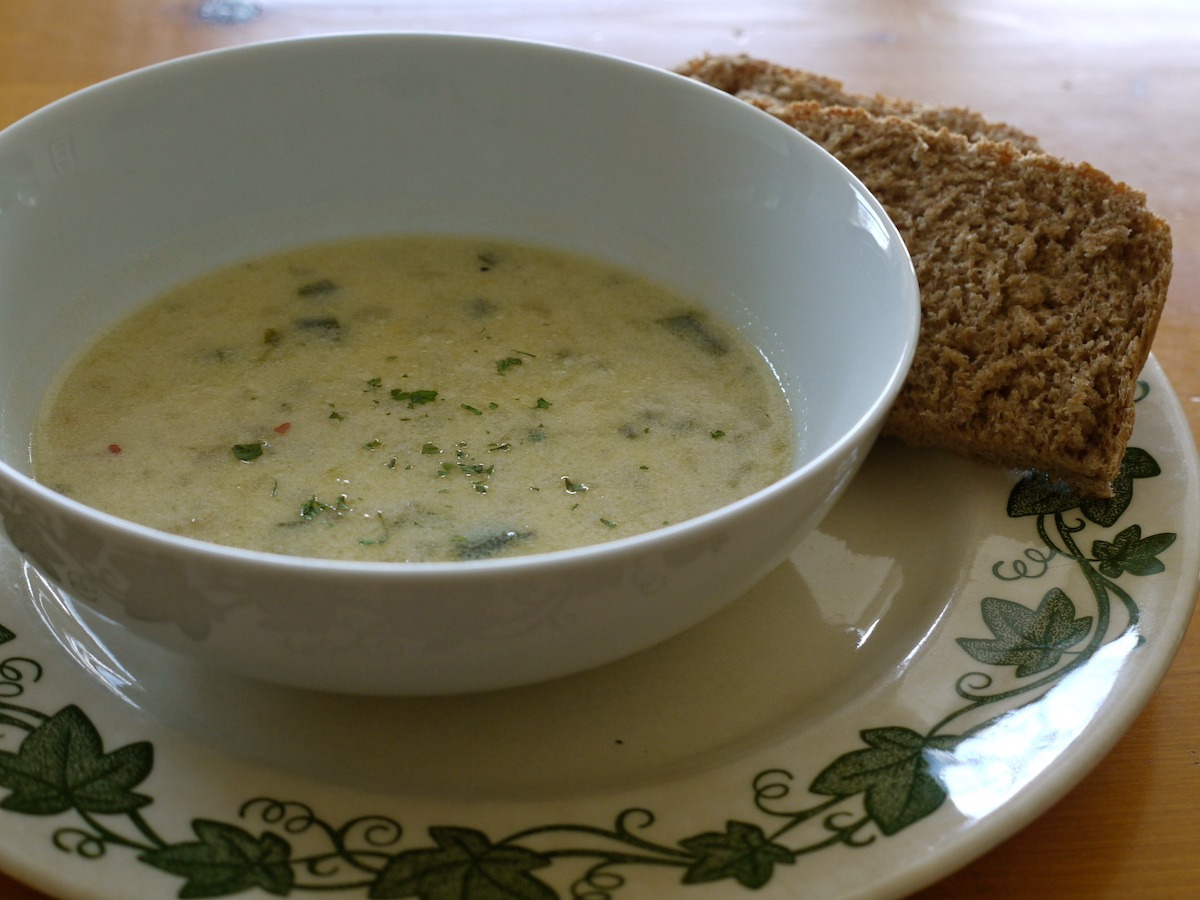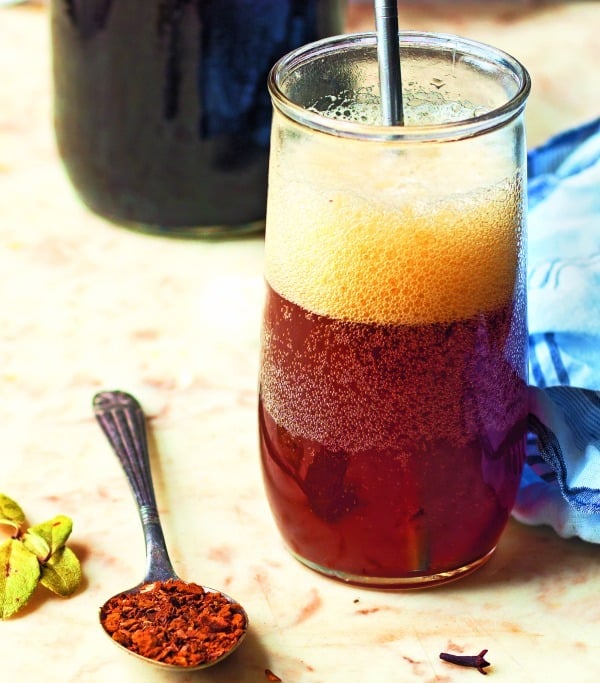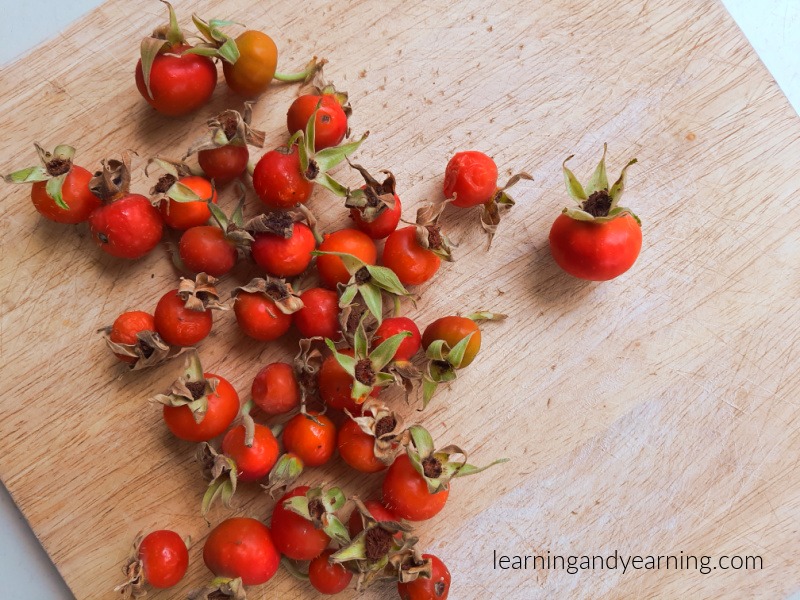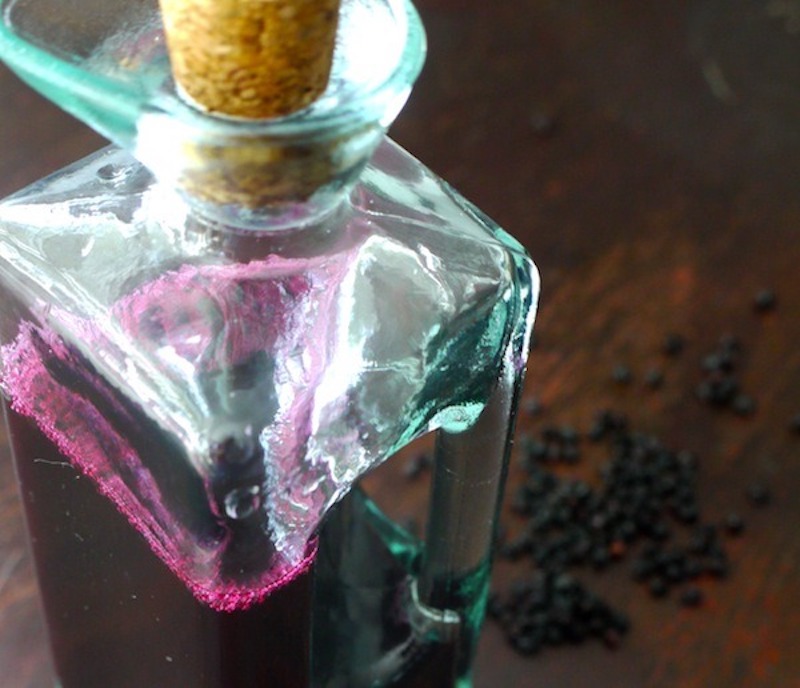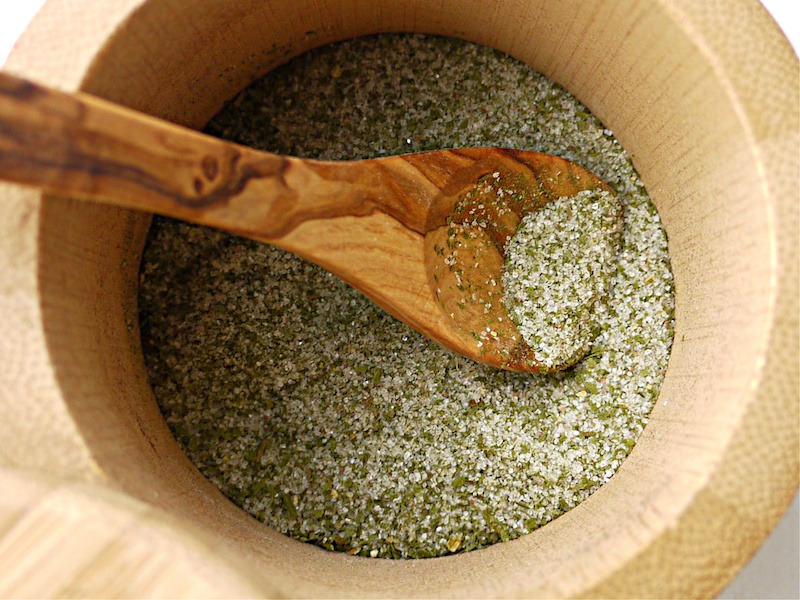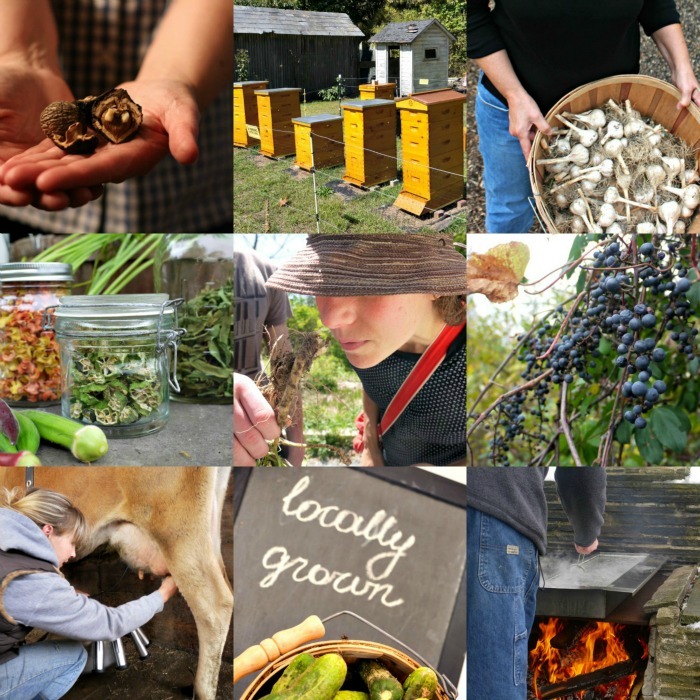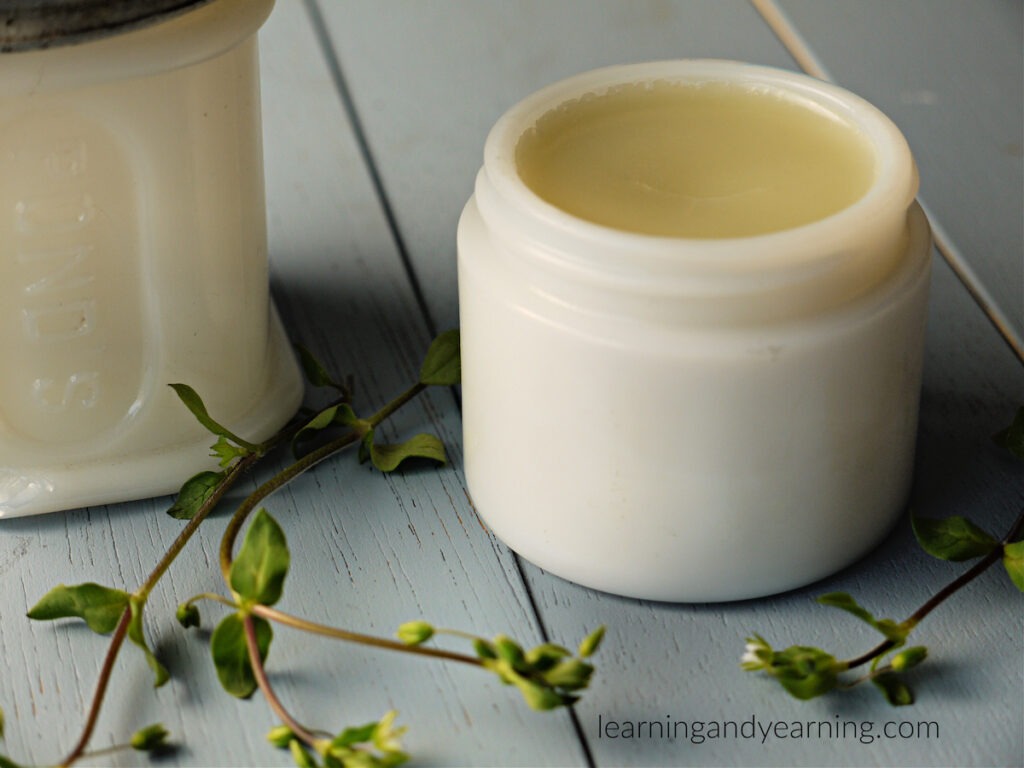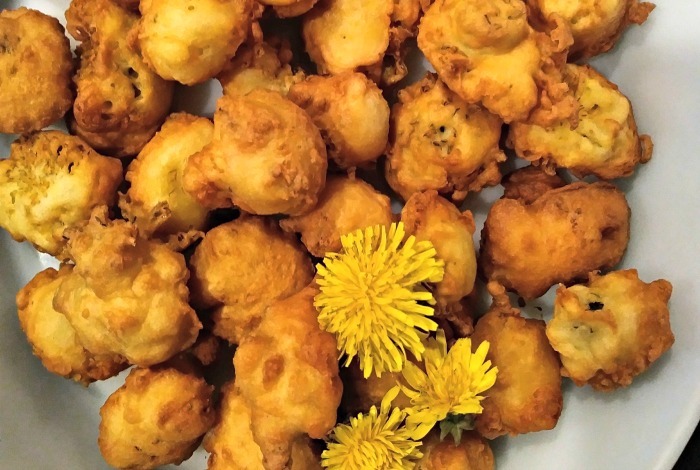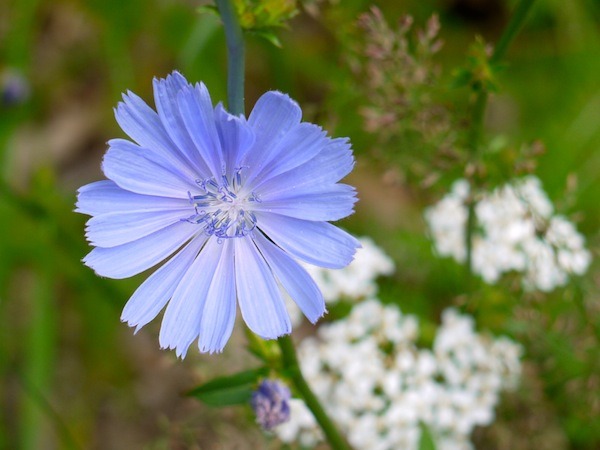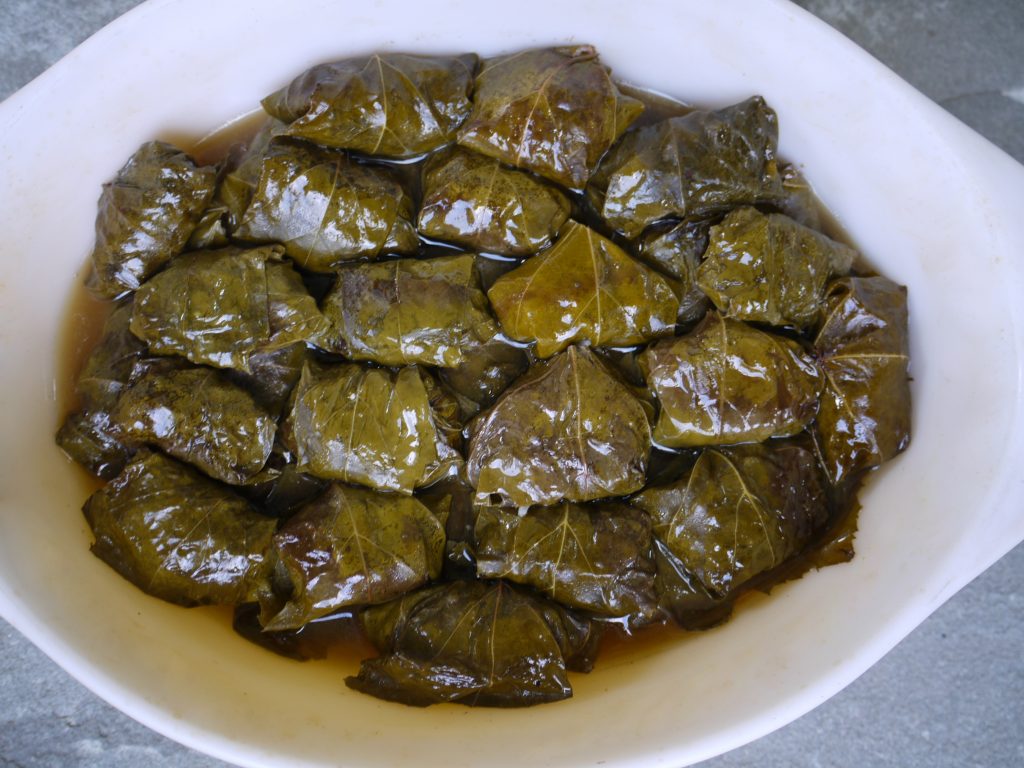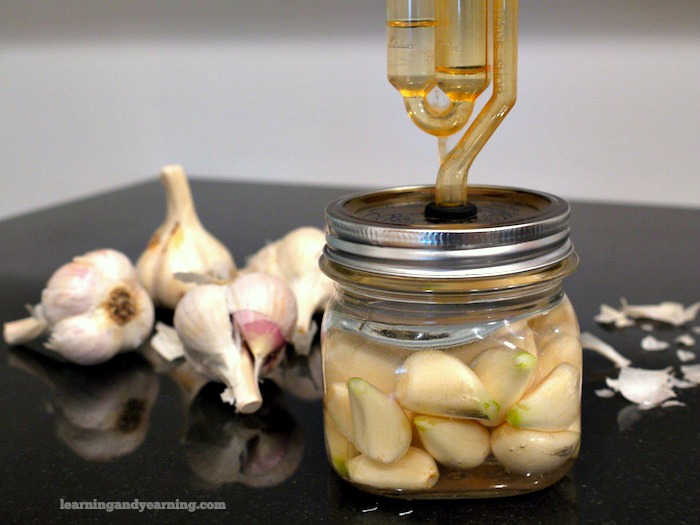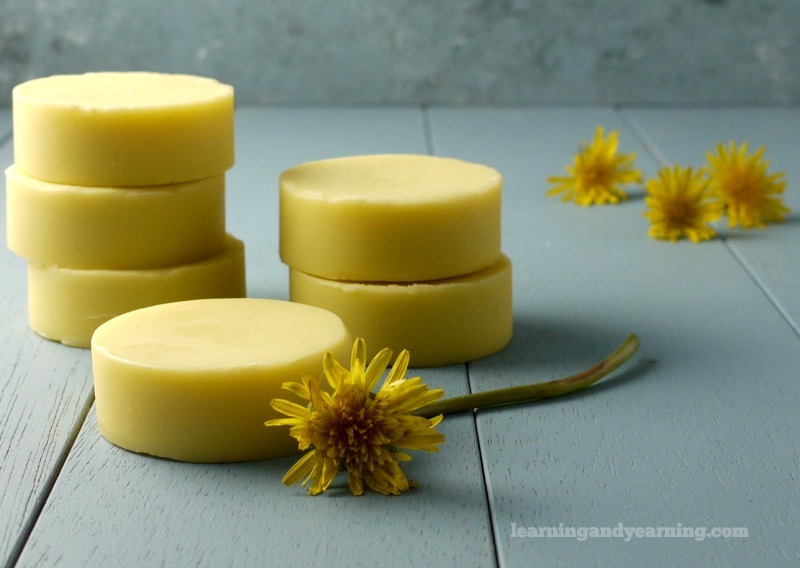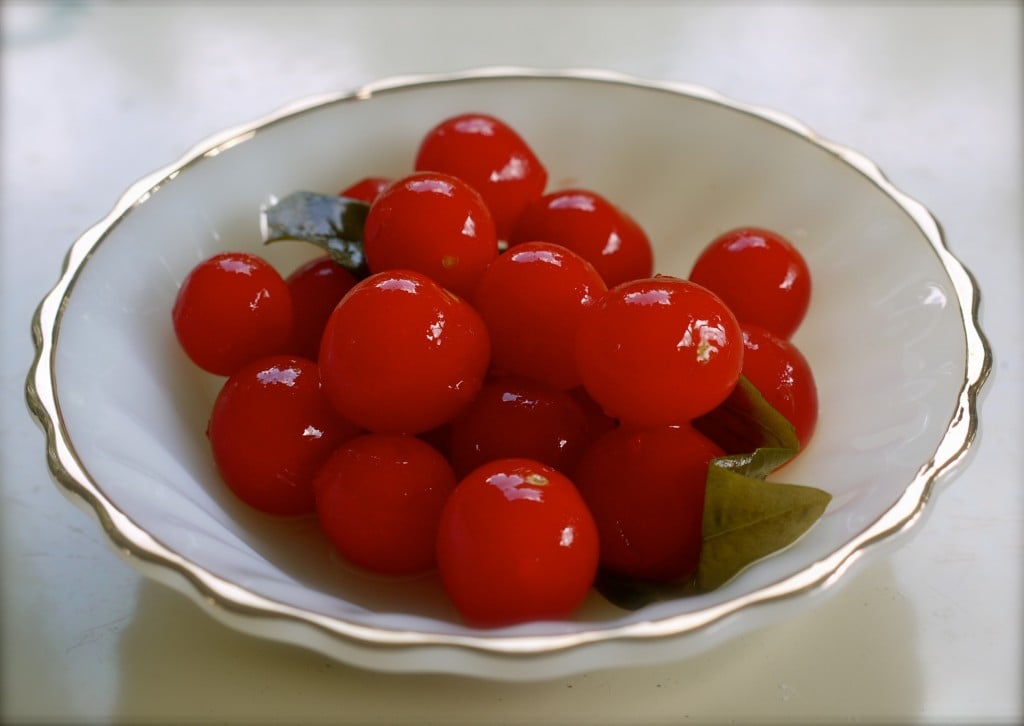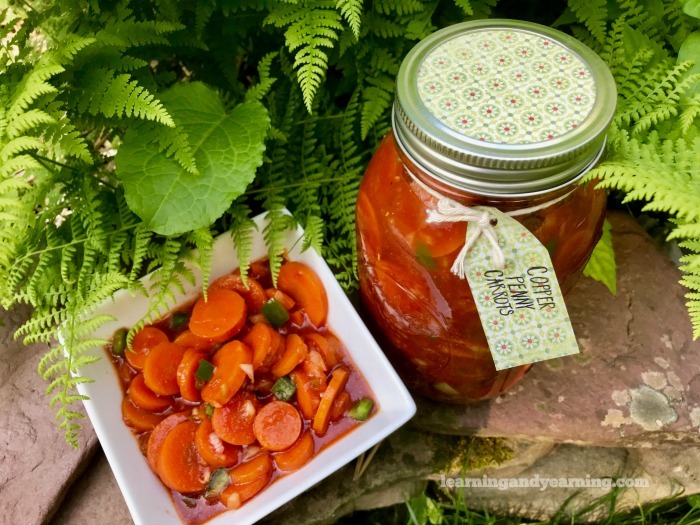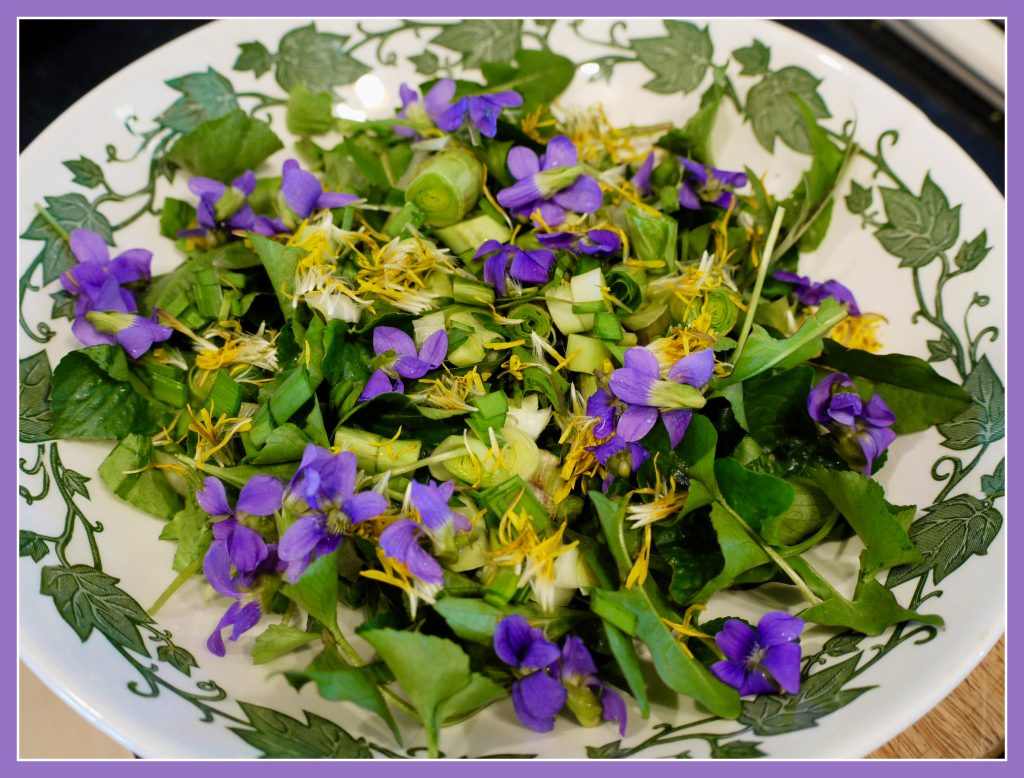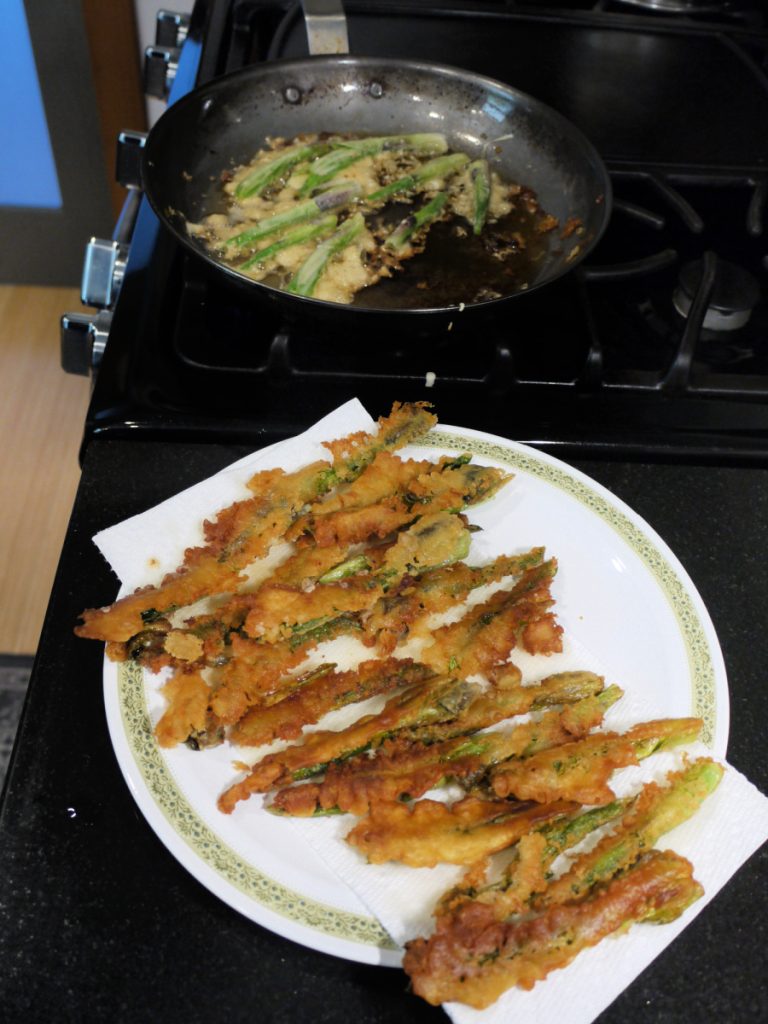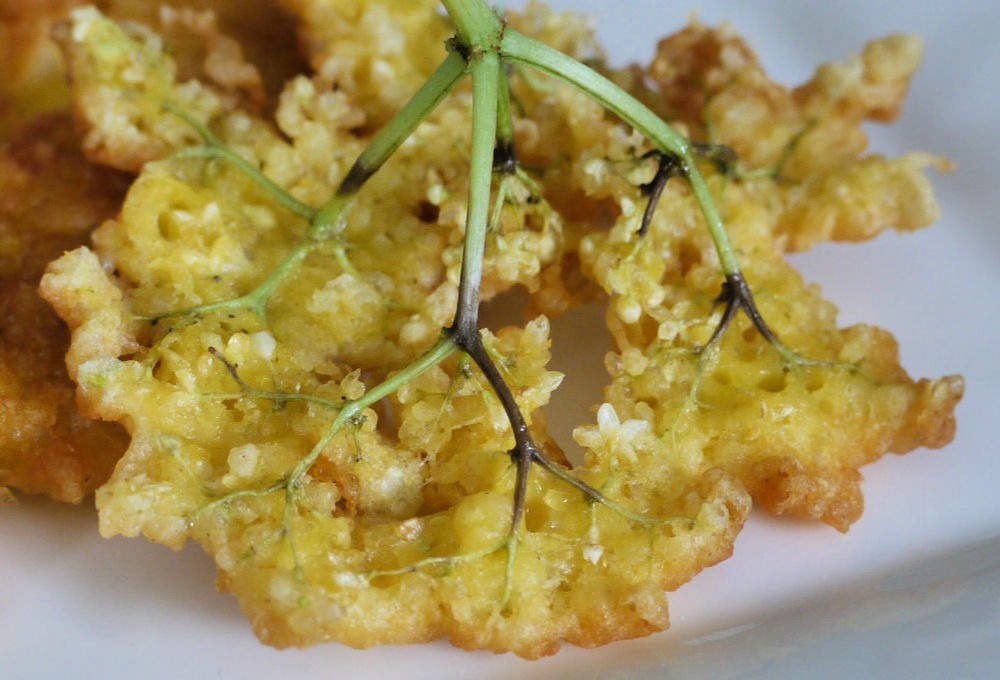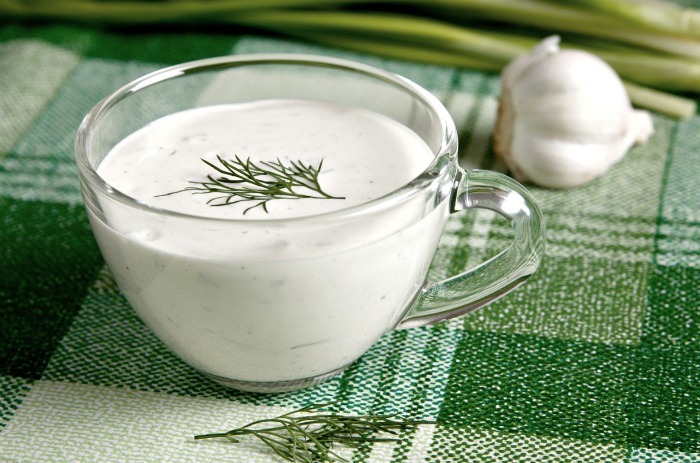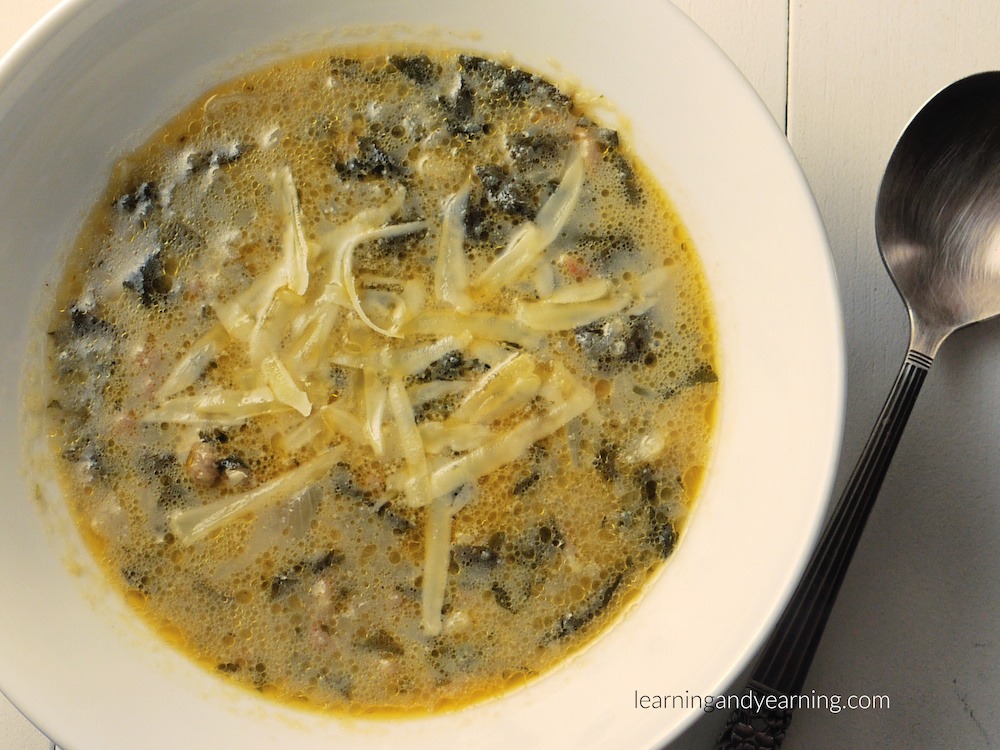Foraging can be a fun way to add nutrients to your table – for free! Staghorn Sumac is super easy to identify and a cinch to harvest. And it’s just as simple to make delicious Sumac Lemonade, also known as Indian Lemonade.
Native Americans also made a cough syrup with Sumac, and gargled with it to ease a sour throat.

Staghorn Sumac
Staghorn Sumac is Nutritious
Staghorn Sumac (not to be confused with Poison Sumac) is a great source of Vitamin C. It is commonly found in the Eastern and Central U.S. growing in full sun along roadsides.
Other types of Sumac are found in other regions, and they, too, may be used for lemonade.
There is no chance of accidentally mixing it up with Poison Sumac, since Poison Sumac has different leaves and does not produce the fuzzy, dark red fruit cluster found on Staghorn Sumac.
Harvest Staghorn Sumac by breaking off the berry clusters. It’s best to wait a few days after a rain, since rain will wash away much of the tart flavor in the fruit.
To test to see if the fruit is ripe, either lick the fruit, or wet your finger, rub the fruit and then taste it. If the taste is sour, but pleasant (not bitter), the fruit is ripe.

Books and Posts on Foraging
Sam Thayer’s Field Guide to Edible Wild Plants
Foraging and Feasting: A Field Guide and Wild Food Cookbook by Dina Falconi
10 Edible Flowers You Can Also Use for Home Remedies
The Forager’s Guide to Plant Identification
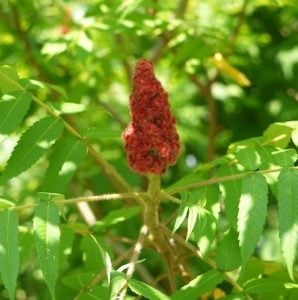
Nutritious Sumac Lemonade
Instructions
- Place several clusters of sumac berries in a bowl and cover with room temperature, filtered water. Use only enough water to just cover the fruit. The clusters of fruit may be broken up before covering with water for even more flavor.
- Allow to sit for half an hour, and strain. If you desire a stronger tasting beverage, strain and then add more clusters of fruit into the same water.
- That’s it! Sweeten to taste with your favorite sweetener and refrigerate. You’re going to find the taste a pleasant, fruity surprise.
